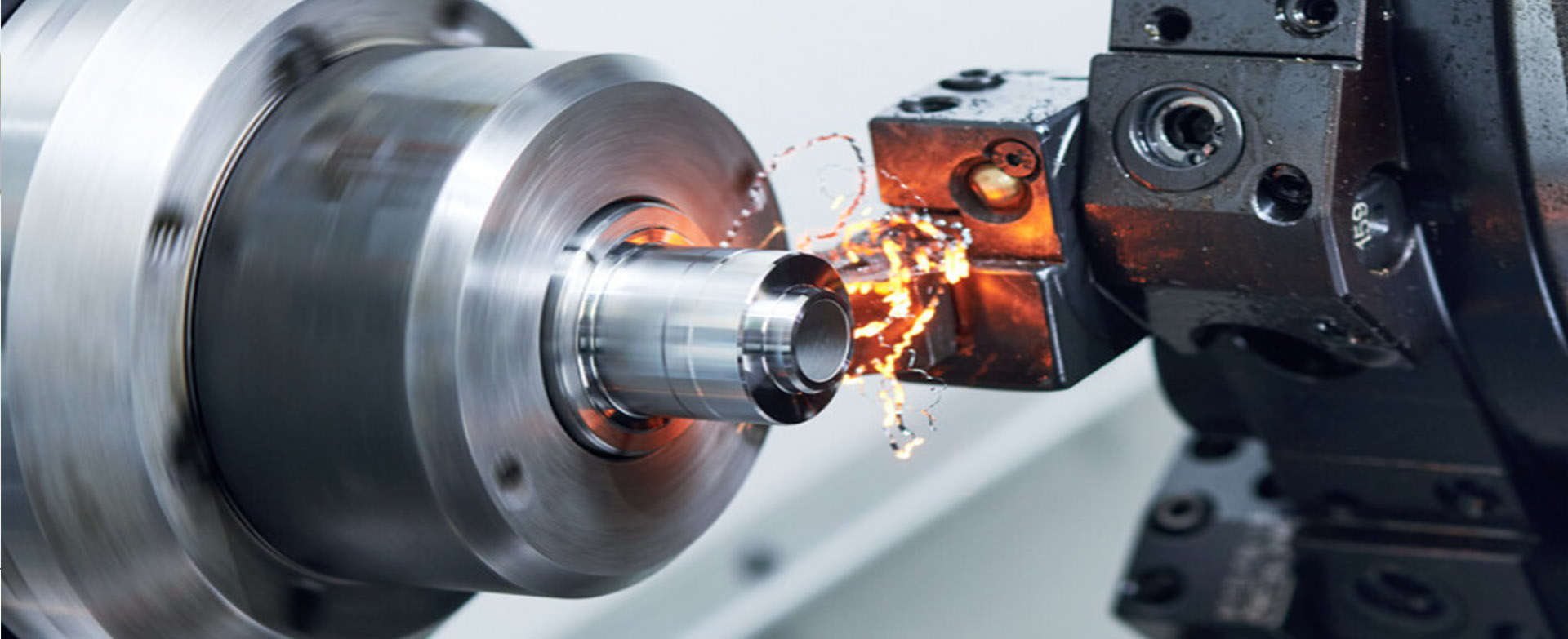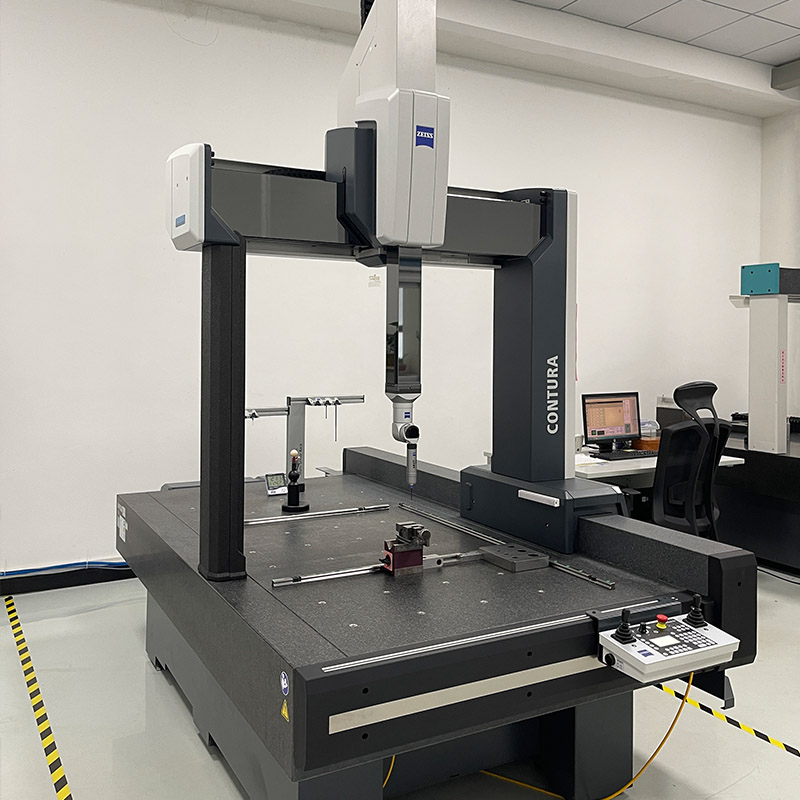CNC CNC machining technology plays a vital role in the field of parts processing. CNC CNC parts processing customization provides enterprises with higher precision, efficiency and flexibility, meeting the needs of different industries for customized parts. However, there are many key things that need to be considered to ensure the machining quality of parts, and this article will explore 8 of these factors in detail.
Contents
1. Drawing design for machining
2. Material selection for part machining
3. Communication and coordination
4. Equipment selection for CNC machining
5. Process planning for CNC machining
6. Fixing and clamping for part machining
7. Tool path planning for CNC machining
8. Testing and quality control for part machining
1.Drawing design for machining
As a key technical document, paper not only provides geometric size and shape information of parts, but also conveys processing technology, quality requirements and design intentions. Therefore, an accurate and detailed drawing design is the basis for ensuring the quality of CNC machined parts. In the design stage, the drawings of the parts should be designed based on the characteristics of CNC technology. This includes a comprehensive analysis of the machining process, obtaining technical information for parts processing, such as cutting amount, machining path and tool movement trajectory, etc., and recording the machining information based on the actual machining situation to provide data basis for actual machining work.

2. Material selection for part machining
Material selection is also an important aspect, as the physical and chemical properties of CNC machined materials will affect the machinability, cost and overall quality of the finished part. For example, metal products, due to their strong and durable nature, are suitable for manufacturing CNC machined parts that are subject to high stresses and heavy loads. When turning or milling hard metals such as high-strength steel, titanium alloy, stainless steel, etc., the wear resistance of the tool is required to be high. The processing performance of materials also directly affects processing efficiency and quality. Materials that are easy to process can increase production efficiency. At the same time, the geometry of the parts to be processed, the material state, the fixture and the rigidity of the cutting tools used in the machine tool are also important factors in the selection of CNC cutting tools.
3. Communication and coordination
Communication and coordination cannot be ignored in CNC parts processing. The processing process involves multiple links, including design, processing, quality control, etc., requiring close collaboration and information exchange between different teams. Clear communication and coordination ensure that processing requirements, processes and quality standards are consistent across all links. Regular communication helps avoid misunderstandings of information. In addition, timely communication can also help to promptly adjust unreasonable processing plans and processes to deal with possible processing risks, ensure the smooth progress of the CNC parts processing process, improve production efficiency, save time, and ensure that product quality meets standards.

4. Equipment selection for CNC machining
It is also very important to select the appropriate CNC machine tool according to the material, contour shape, processing accuracy, etc. of the workpiece to be processed. Suitable equipment can ensure the stability of the processing process and reduce the defective rate and scrap rate. In addition, choosing advanced equipment can also improve production efficiency and shorten the processing cycle. Therefore, based on the characteristics and processing requirements of the part, correct equipment selection is also one of the key steps to ensure successful CNC part processing.
5. Process planning for CNC machining
CNC machining process design must be completed before programming. The quality of the design will directly affect the efficiency of the machine tool and the processing quality of the processed parts. Reasonable selection of cutting amount can give full play to the cutting performance of the tool, optimize various CNC machining process parameters, ensure high-speed machining of the spindle, reduce the CT time of part processing, and ultimately improve the processing efficiency of the product and improve the production quality. In addition, by rationally arranging the processing process sequence and reducing the number of tool changes, CNC processing CT time can be effectively shortened and productivity increased.
6. Fixing and clamping for part machining
Choosing the appropriate clamping method can improve processing quality and efficiency and reduce production costs. This includes choosing the appropriate clamping method, paying attention to the design and manufacturing of the clamp, and reasonably adjusting the clamping force. In addition, with the help of modern software tools, such as UG programming, we can perform virtual clamping and fixation analysis to determine the best fixation method. By simulating the machining process, we can observe the deformation and displacement of the workpiece during the machining process, and adjust the fixing method according to the simulation results to achieve the best machining effect.

7. Tool path planning for CNC machining
The tool path refers to the movement trajectory and direction of the tool relative to the workpiece during controlled machining. The reasonable selection of processing routes is closely related to the processing accuracy and surface quality of the parts. Therefore, it is necessary to ensure the machining accuracy requirements of the parts, while facilitating numerical calculations and reducing programming time. For path planning in five-axis CNC machining, it includes two aspects: the trajectory of the tool contact point (tool center point) (3D) and the tool posture (2D). When designing the tool path, it is hoped that the final path will be shorter and smoother to achieve higher processing efficiency and processing quality.
8. Testing and quality control for part machining
Quality control is a critical aspect of the CNC manufacturing process, serving several key goals, including ensuring that the final product meets required standards and specifications. By using sophisticated measuring equipment and methods, we can monitor the machining process in real time, detect and correct problems in a timely manner to ensure that the quality of the parts meets expected standards and specifications.

GPM’s Machining Capabilities:
GPM has 20 years experience in CNC machining of different kinds of precision parts. We have worked with customers in many industries, including semiconductor, medical equipment, etc., and are committed to providing customers with high-quality, precise machining services. We adopt a strict quality management system to ensure that every part meets customer expectations and standards.
Post time: Dec-21-2023
